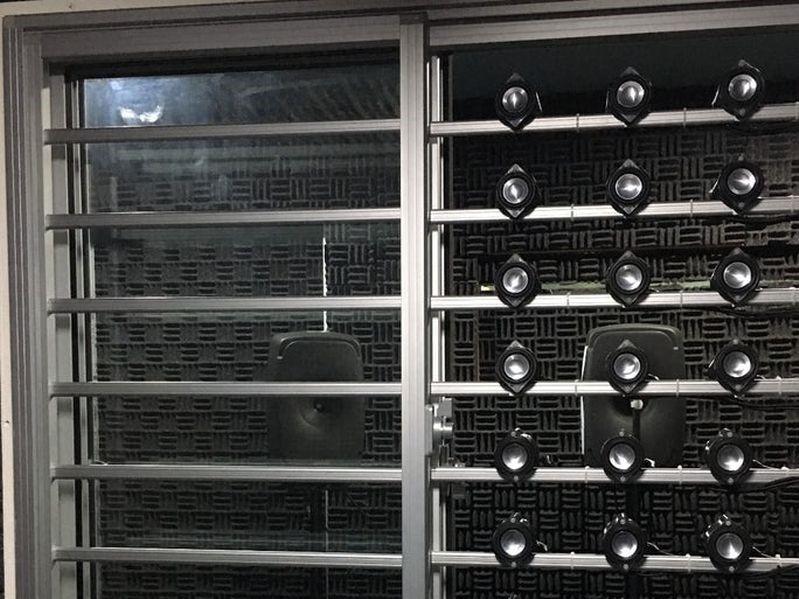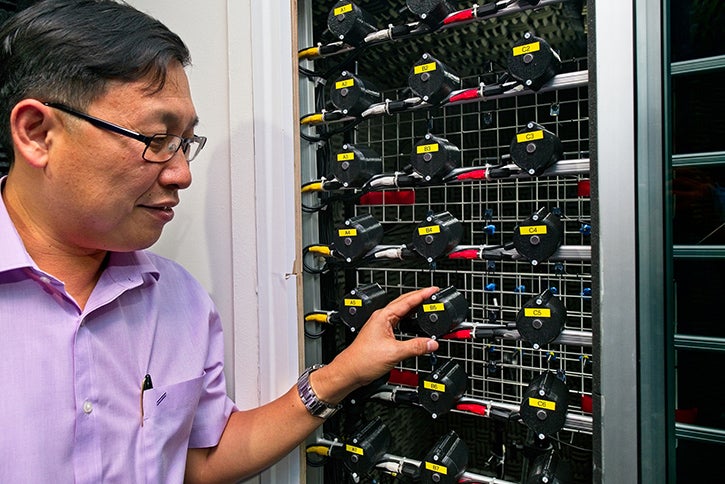Scientists create noise-cancelling windows that eliminate sounds from outside
System borrows technology found in high-end headphones

Your support helps us to tell the story
From reproductive rights to climate change to Big Tech, The Independent is on the ground when the story is developing. Whether it's investigating the financials of Elon Musk's pro-Trump PAC or producing our latest documentary, 'The A Word', which shines a light on the American women fighting for reproductive rights, we know how important it is to parse out the facts from the messaging.
At such a critical moment in US history, we need reporters on the ground. Your donation allows us to keep sending journalists to speak to both sides of the story.
The Independent is trusted by Americans across the entire political spectrum. And unlike many other quality news outlets, we choose not to lock Americans out of our reporting and analysis with paywalls. We believe quality journalism should be available to everyone, paid for by those who can afford it.
Your support makes all the difference.Scientists have developed a gadget that can reduce the intensity of noise pollution passing through an open window.
The system works in a similar way to noise-cancelling technology found in high-end headphones: a microphone captures the real-world noise and speakers emit sound waves to counter it.
Researchers from Nanyang Technological University (NTU) in Singapore and the University of Southampton who came up with the device claim that it can be used within commercially available windows.
They say that while the cost of the window may increase, it would reduce the need for air conditioning as people would be able to stay cool by leaving their windows open.
A proof-of-principle study is published in the journal Scientific Reports, detailing a prototype that makes use of 18 microphones and 24 speakers to eliminate half of the sounds passing through a window.
The 4.5cm speakers were arranged in a grid pattern on bars attached to the inside of a window, though future iterations of the device could involve much smaller speakers hidden from view.
The system was tested with road traffic, train and aircraft noise, resulting in a 10 decibel noise reduction for sounds above 300Hz.
"Compared to noise cancellation headphones, what we have achieved is far more technically challenging as we needed to control the noise in a large open area, instead of just around the ear," said Professor Gan Woon Seng, director of NTU's Centre for Infocomm Technology and lead author of the research.
"Our innovation not only computes the right amount and type of 'anti-noise' to emit, but also does it faster than the detected noise can reach inside the building."

The NTU researchers are currently working with government agencies in Singapore to reduce the gadget's size and make it more cost-effective to produce.
"We are currently finding ways to improve the technology further so that it can be used not only at window grilles with large openings, but also provide a cost-effective solution that can be easily installed and replaced," Prof Gan said.
"Ultimately, we aim to integrate this technology into window grilles that can help mitigate urban noise pollution conveniently."
Join our commenting forum
Join thought-provoking conversations, follow other Independent readers and see their replies
Comments